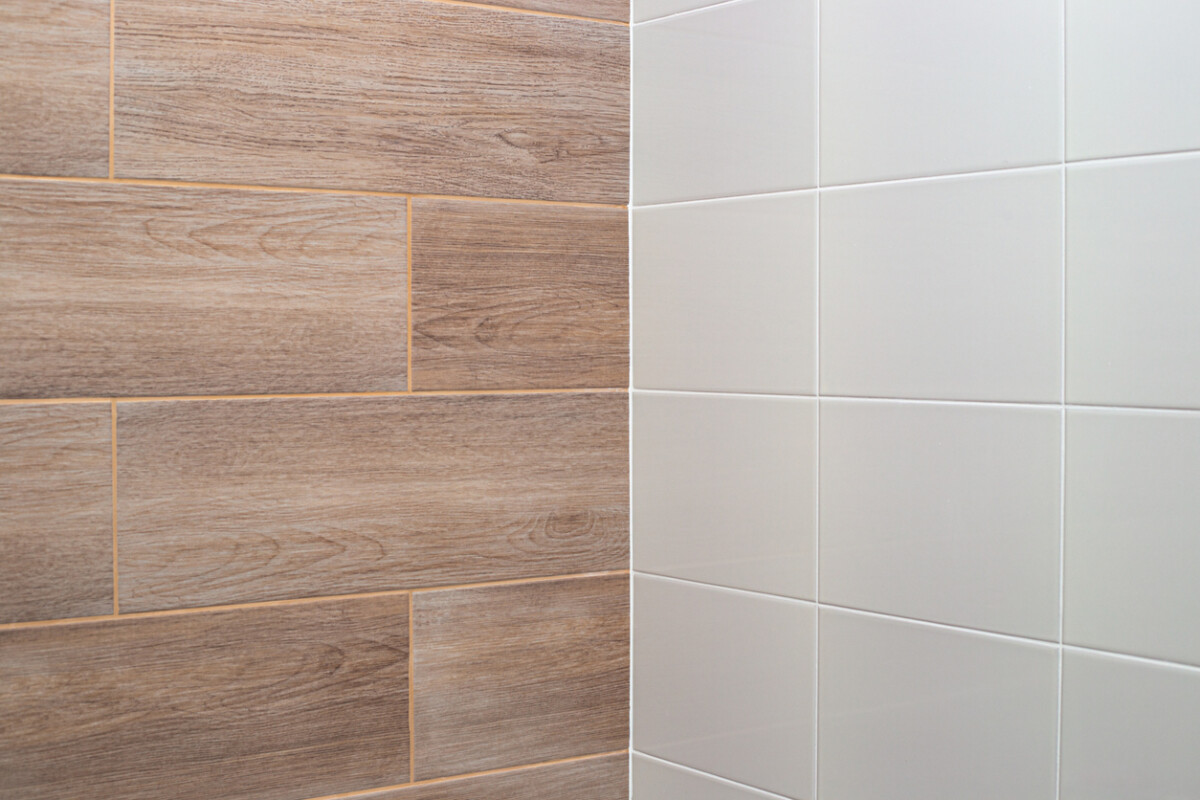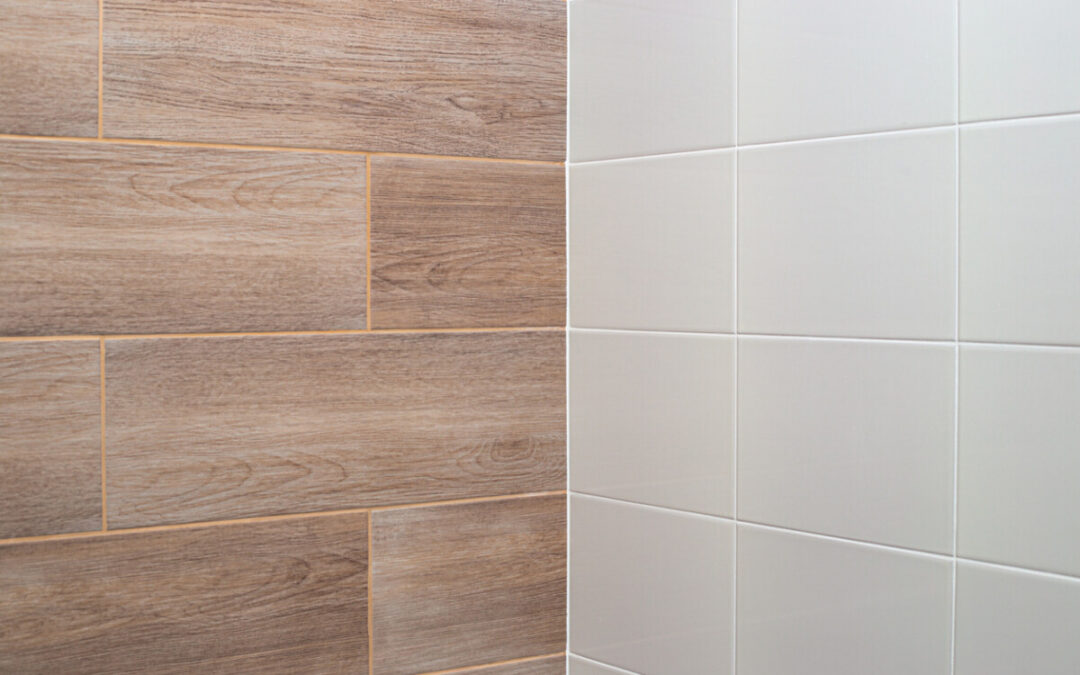
Wall panelling for bathrooms wet rooms or walk-in showers has become more popular than ever. Compared to tiles, panels are longer-lasting, more hygienic and easier to install. But that’s just the surface – wall panels offer plenty of benefits.
From aesthetics to practicality, there are many reasons why you should consider using shower wall panels over tiles, so we’ve outlined the nine biggest benefits below to help you make the best decision for your bathroom upgrade or transformation.
Get a FREE Brochure
Simply complete our form to see a full range of bathing solutions & their key features. It takes no time at all!
- Quick and easy to install
- Low maintenance
- Hygienic and mould-free
- Affordable cost
- Energy efficient
- Versatile use
- Durable and waterproof
- Can be installed on most surfaces
- Variety of styles to choose from
What are the main benefits of bathroom wall panels?
These are the biggest reasons you should start using bathroom wall panels rather than regular tiles…
1. Quick and easy to install
Installing tiles is a time-consuming process, whereas fitting shower panels is much quicker. These panels come in large sheets that can be easily resized, eliminating the need for grout. Simply affix each panel to the wall and then seal the edges for a watertight finish.
One of the advantages of shower wall panels is that they can typically be installed directly over existing tiles, saving you the hassle of removing them. This results in minimal dust and mess, and you can use your bath or shower right away without waiting for adhesive or grout to dry.
The key to success lies in careful planning. Ensuring accurate measurements and precise cuts for your panels will allow you to achieve a professional-grade finish at a significantly lower cost compared to traditional tile installation.
2. Low maintenance
Bathroom wall panels don’t use grout, which means they demand less maintenance than tiles. Unlike tiles – which can be tiring to clean thoroughly due to their textured surface – shower room wall panels are smooth and easy to wipe clean.
Ceramic tiles and grout tend to discolour and crack over time, providing a breeding ground for mould. Wall panels provide no such foothold for mould, making them significantly simpler to maintain compared to standard tiling.
Of course, bathroom wall panels still require occasional cleaning with warm, soapy water and a gentle cloth. This should keep them looking as pristine as the day they were installed.
3. Hygienic and mould-free
Most bathroom wall panelling companies have their tiles independently tested and verified as ‘antibacterial’ in accordance with strict guidelines, ensuring the shower wall panels can stop the growth of microorganisms that create E. coli and Staphylococcus aureus.
So, unlike tiles, these bathroom wall panels are mould free under moisture, which helps prevent the build-up of bacteria. That’s why many people are turning to shower and wall panels – not only to enhance the aesthetic appeal of the bathroom but also for hygienic reasons.
4. Affordable cost
Bathroom wall panels are cheaper themselves than tiles. They’re also cheaper and easier to install. Wall panels come in a variety of designs and colours, which will affect the cost, but they’re usually far more cost-effective than tiles.
It’s also worth considering the long-term costs. Bathroom wall panels don’t need fancy products to keep them looking fresh and clean. They’re also built to last, which means you won’t have to think about replacements as often as with other materials like tiles.
5. Energy efficient
Wall panels offer an added bonus of insulation for your bathroom. You’ll find them available in various thicknesses like 5mm, 8mm, and 10mm, each providing an extra layer of protection for your walls. Moreover, the smooth, seamless design ensures there are no openings for heat to slip through, making your home naturally cosier and cutting down on energy expenses.
6. Versatile use
Bathroom wall panels can be customised to fit almost any space, whether it’s for use in shower enclosures, baths, or behind the sink.
While tiles offer a vast array of colours, finishes, shapes, and sizes, it’s worth noting that shower wall panels are now increasingly accessible in different designs, from timeless white finishes to faux wood and stone.
7. Durable and waterproof
Most bathroom wall panels are 100% waterproof, ensuring no water seeps through into your shower or bath area. In contrast, this is a common issue with traditional tiles.
This waterproof helps in averting mould build-up, extending the lifespan of the wall panel, and maintaining a higher level of hygiene in your bathroom.
8. Can be installed on most surfaces
You can easily install wall and shower panels directly over a variety of surfaces, including existing tiles, panels, plasterboard, chipboard, painted walls, solid brick, or concrete. Some bathroom wall panels come with a tongue and groove interlocking system, making them accessible for the everyday DIY enthusiast.
On porous surfaces like plasterboard or chipboard, we recommend using a solvent-free adhesive. Panels work wonders in concealing any irregularities on existing walls, but in cases of wall irregularities, we recommend using a bit more adhesive in those areas to ensure a flat and tidy installation.
For non-porous surfaces like existing tiles, it’s best to use silicone as the adhesive. Before installation, make sure to thoroughly clean the tiles and remove any residue, preferably with sugar soap. This ensures a strong bond between the panels and the existing tiles.
9. Variety of styles to choose from
With so many styles and designs of bathroom wall panels to choose from, you can easily find the perfect panel for your taste and bathroom’s unique design.
You can typically narrow down your choices by panel design and surface finish, and choose a standout panel or get creative with custom combinations.
At Bathing Solutions, our wall panels primarily measure D11 x W600 x L2400 mm, and select options are available in alternative widths, excluding tongue and groove edges.
What’s the difference between tiles and wallboards?
A bathroom wall panel is a sturdy, durable, and water-resistant covering designed for bathrooms, with a special suitability for shower enclosures and wetrooms. Whereas ceramic tiles are naturally porous and require extra glazing to make them waterproof, making them more expensive and labour-intensive than panels.
Bathroom wall panels are often available in kit form, presenting a waterproof panel system that serves as an alternative to traditional tiles. They offer a variety of colours and finishes, ranging from marble-like effects and vibrant floral patterns to simple greys and whites, making them an excellent choice for any taste or budget.
Shower wall panels are conveniently supplied with trims and sealant, facilitating easy installation. However, for those less experienced with DIY projects, we recommend hiring a professional for the installation process.
Wallboard and wall panel installation process
If you’re wondering how to install a bathroom wall panel or wallboard, here’s a quick breakdown of the key steps…
- Prepare surface – Ensure the surface is clean, dry, and free from debris. Repair any damage or irregularities.
- Measure and cut – Measure the dimensions and cut the wallboard to fit. Use a straightedge and utility knife for precision.
- Secure wallboard – Stick the wallboard to the surface using appropriate adhesive or screws, ensuring that it’s level and flush to the wall.
- Seal edges: Apply sealant to edges and seams to prevent moisture penetration and ensure a watertight seal.
- Finish and Paint: Sand any rough edges, then prime and paint the wallboard to achieve the desired finish.






